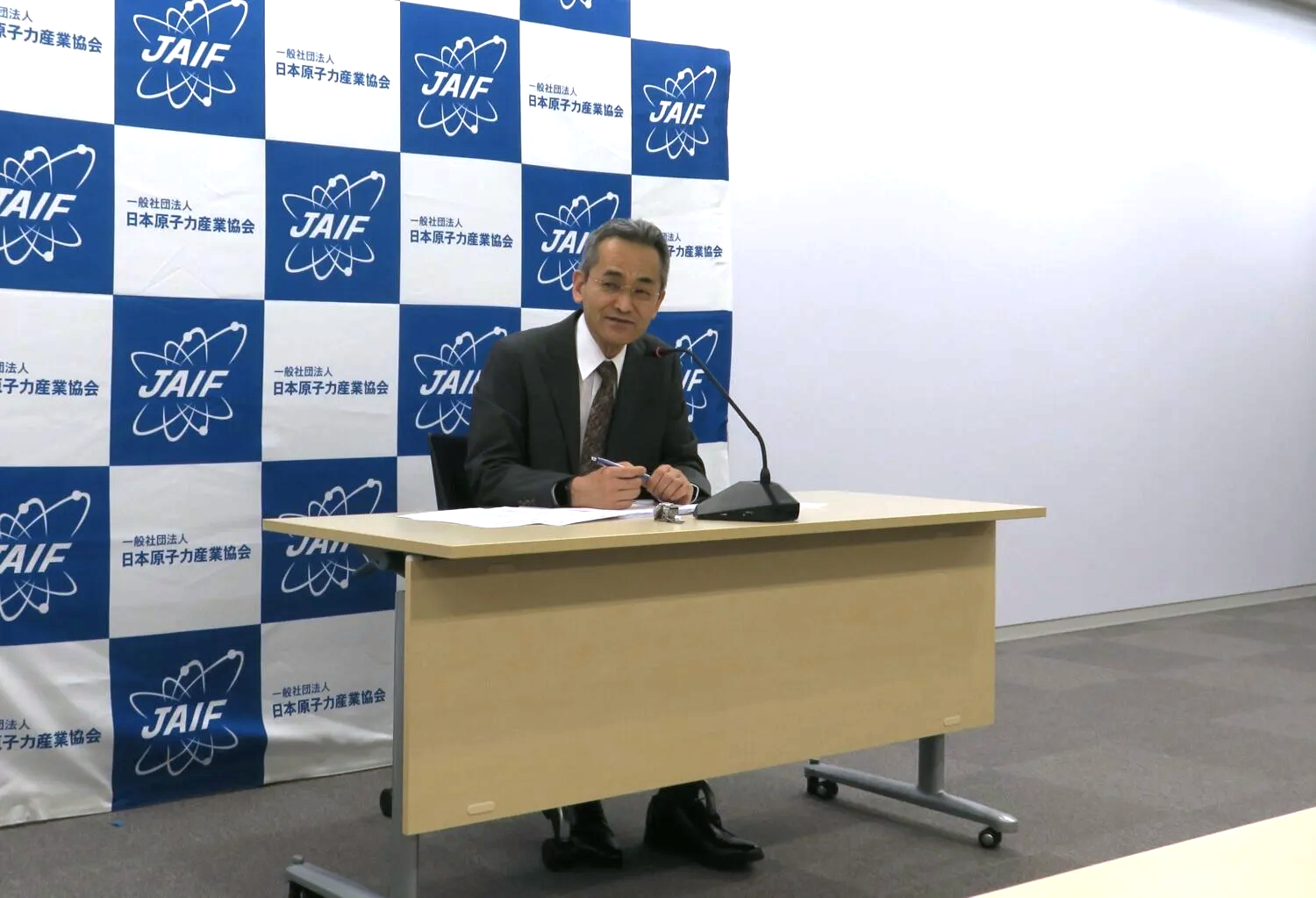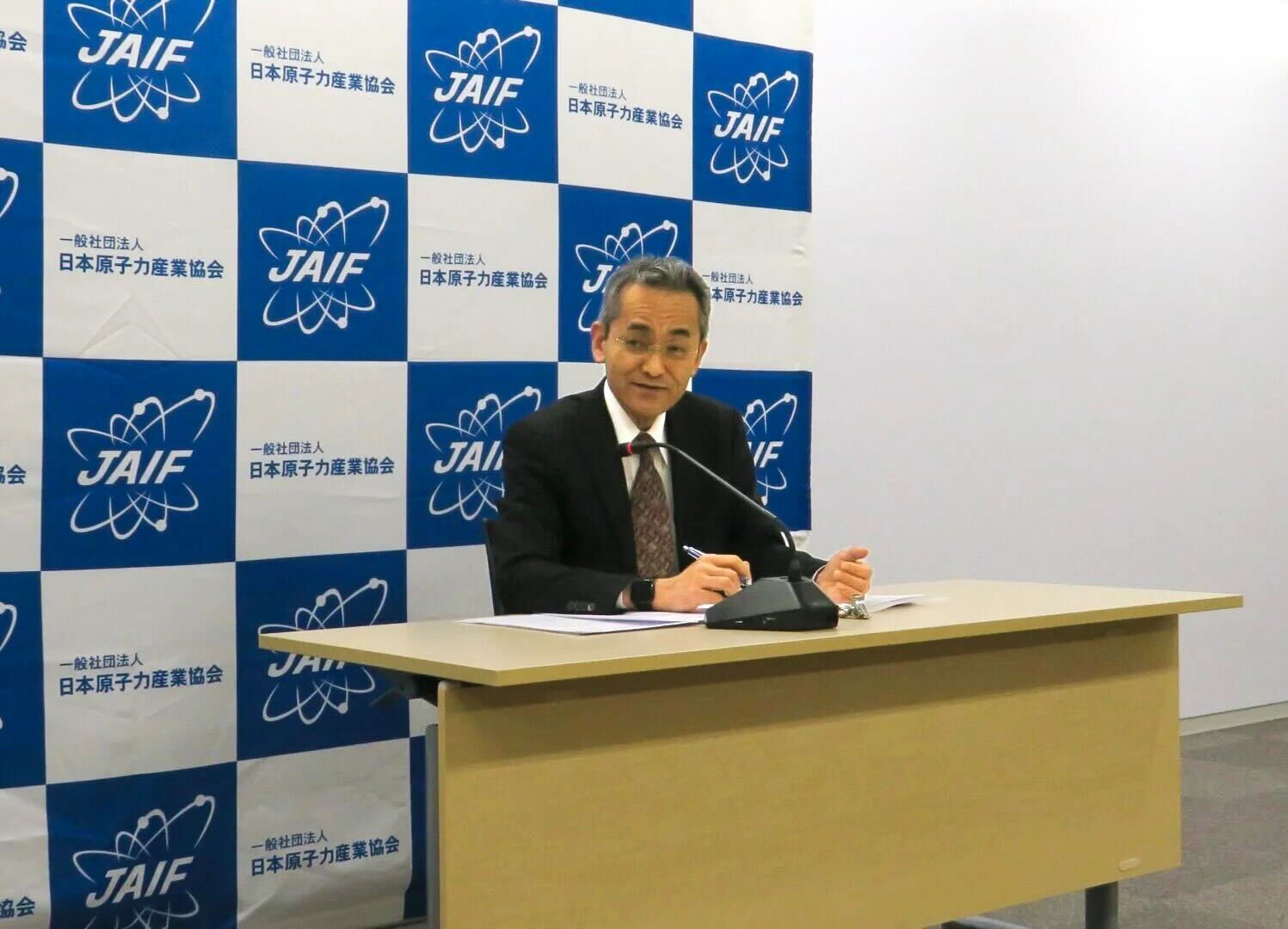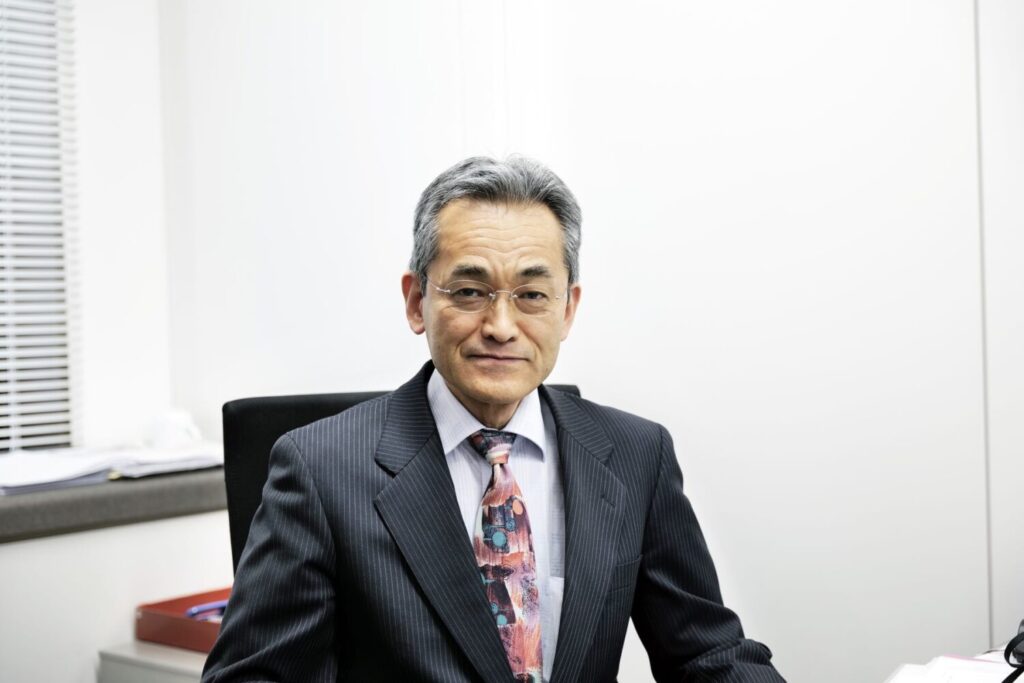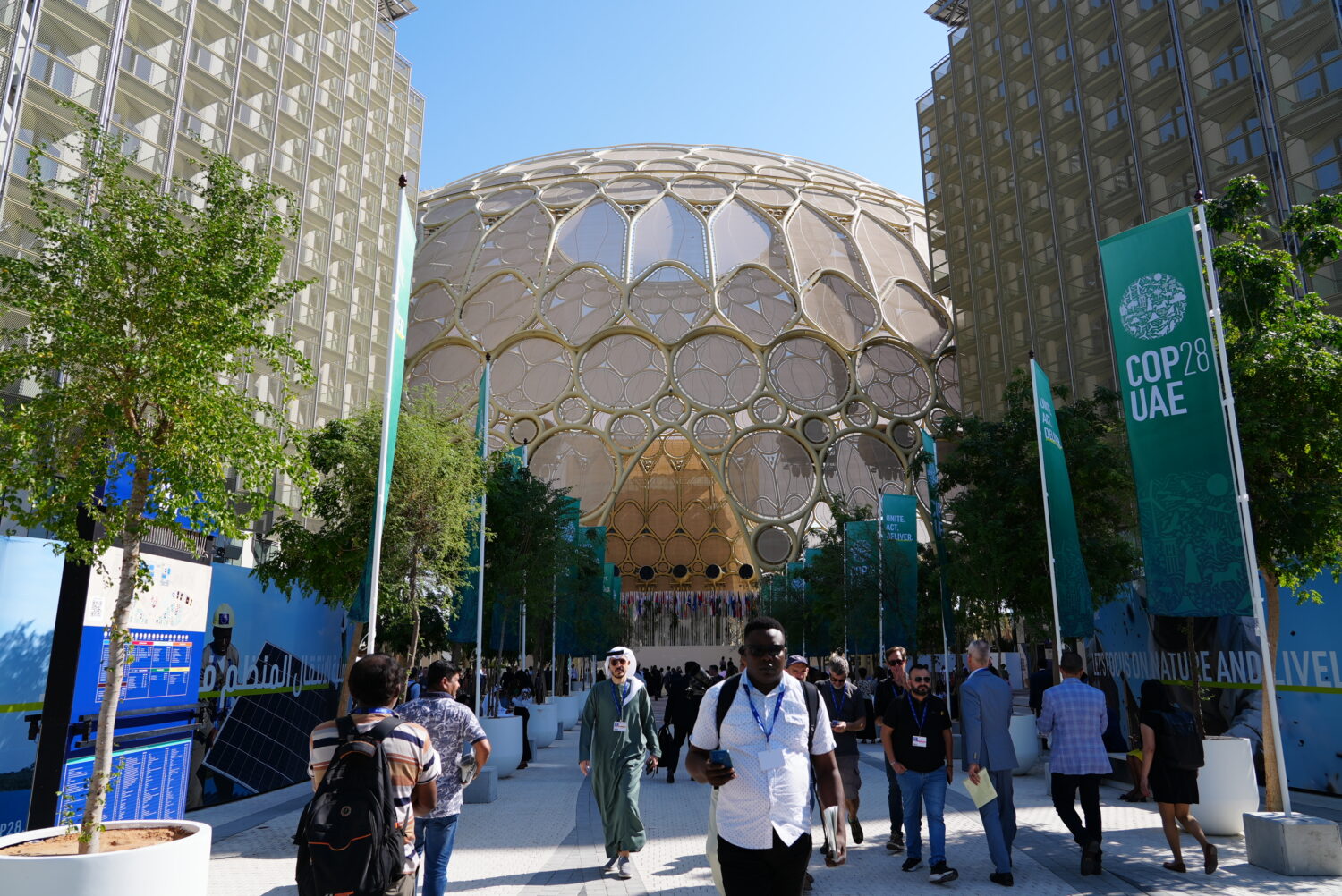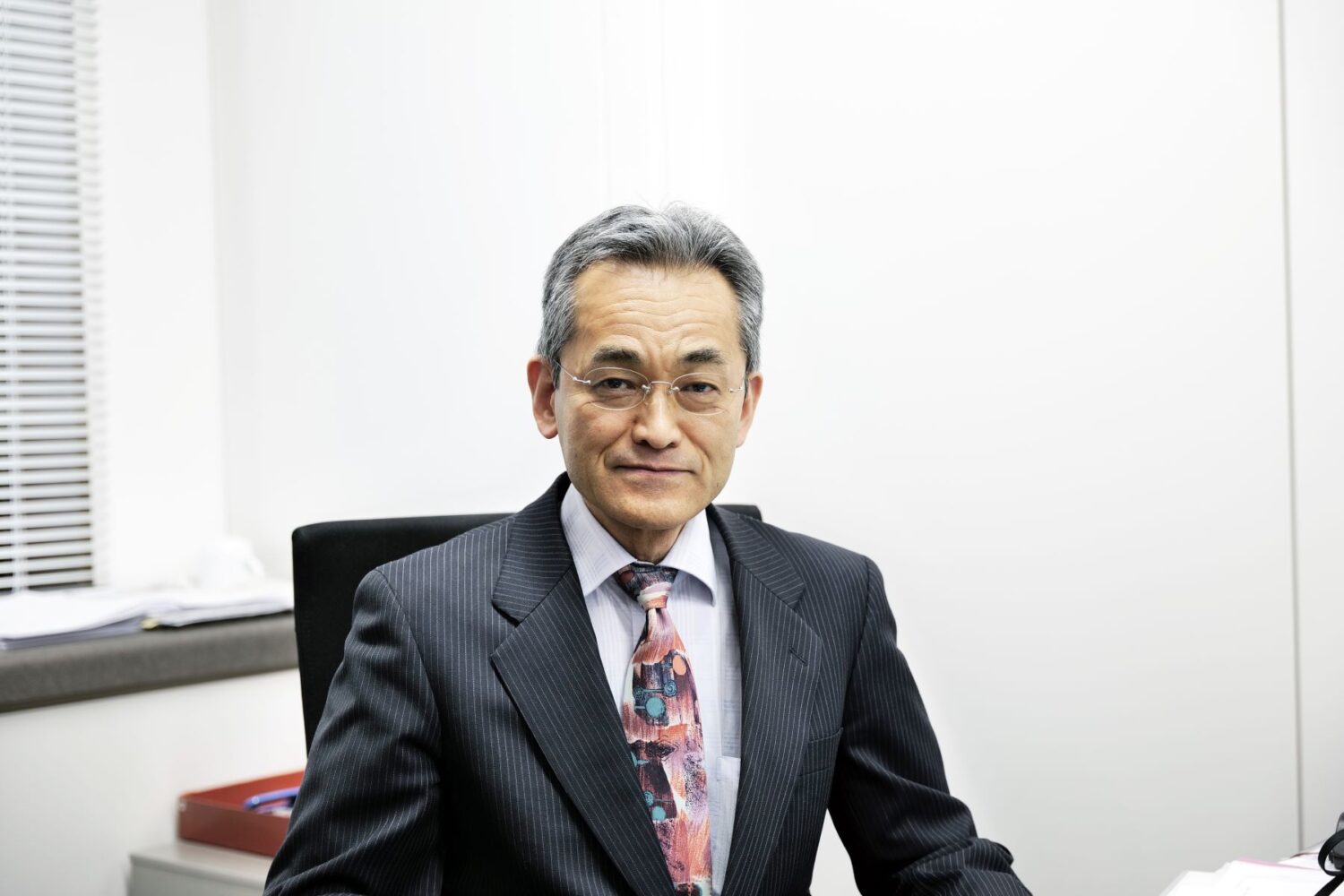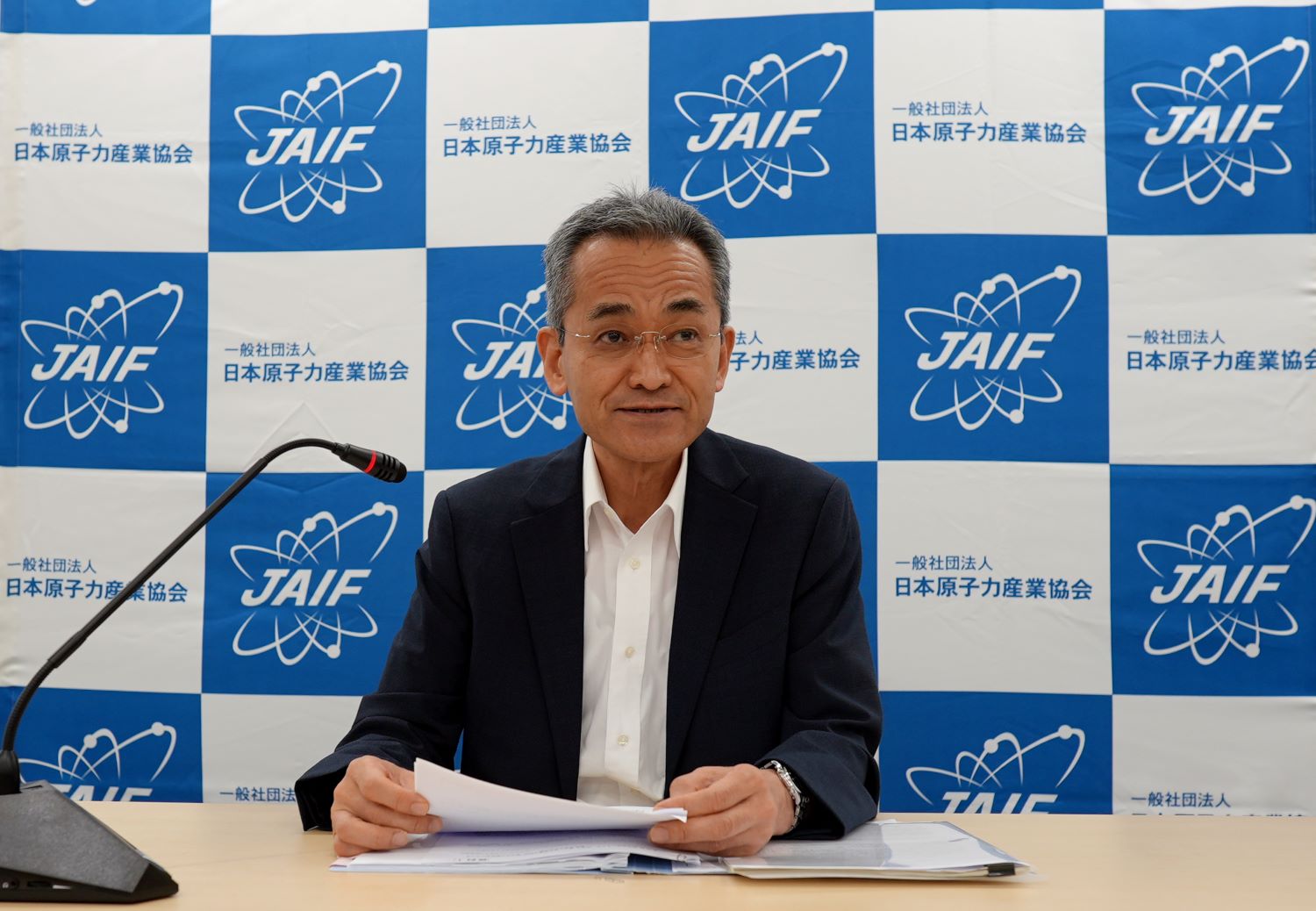Nuclear power was recognized here, too, as an important base-load power source—one that is both low-carbon and quasi-domestic—contributing to the stability of the energy supply-demand structure over the long term, again premised on ensuring safety, as ever. The new plan stated that nuclear energy will be “utilized sustainably, on a necessary scale … in order to achieve carbon neutrality by the year 2050,” while efforts are made to obtain confidence from the public. That demonstrates that nuclear energy was also viewed as contributing to decarbonizing the energy system, and will continue to be used consistently in that process.
The plan also referred to (1) restarting nuclear power plants (NPPs), prioritizing safety, (2) promoting the nuclear fuel cycle policy, (3) addressing various issues in long-term NPP operation, (4) improving the environment for stable NPP operation, (5) pursuing even safer reactors, and so forth, and (6) strengthening the infrastructure for human resources, technology, and industry. It also set out the direction of efforts that the public and private sectors must make.
On the other hand, the plan made no mention of the construction of new and replacement NPPs, while continuing to refer to a reduction in the country’s dependency on nuclear power. Japan’s course of action is not clear, unlike that of other countries, which have drawn up policies of utilizing all the available options (including nuclear energy) toward the realization of carbon neutrality.
For example, on October 19 the British government—the chair nation for COP26—announced its “Net Zero Strategy: Build Back Greener.” With the aim of net-zero CO2 emissions by 2050, and recognizing that nuclear energy will play a key role, it announced that it would support the construction of large new light-water reactors (LWRs) and the development of small modular reactors (SMRs), among other things.
From the viewpoint of a stable energy supply, nuclear energy—an already established technology—is the most reliable energy source, given that it is very robust, excellent in economic terms, and environmentally sustainable. It is also an innovative technology that embraces fast reactors, SMRs and high-temperature gas-cooled reactors (HTGRs). Additional advances can certainly be expected in the future.
According to World Energy Outlook 2021, released by the International Energy Agency (IEA) on October 13, nuclear-generated electricity needs to grow 15% from its current level by 2030, and doubled by 2050, in order for a shift to a net-zero society to be realized. Besides electric power, keen expectations are for nuclear technology to be used in other areas as well—transport, chemicals, and steel manufacturing, among others—via thermal supply and hydrogen production.
Japan’s future policies, too—including Prime Minister Kishida’s goal of a clean energy strategy, as mentioned in his policy speech—are expected to call for the maximum utilization of nuclear energy (an already established low-carbon technology) so as to achieve carbon neutrality by 2050, while ensuring the stable supply of inexpensive energy, all on the premise of ensuring safety.
The goals of creating the necessary scale and utilizing nuclear energy sustainably are the responsibility of the nuclear industry. While ensuring safety, the industry will endeavor to restart existing NPPs, operate them safely, and extend their operating lives. It will also have to prepare for the construction of new and replacement NPPs, which will be necessary in the future, and work toward nuclear technological development for reducing CO2 emissions in areas other than power generation, such as transport and industry.
For those goals to be met, it is essential that nuclear human resources be developed, nuclear technology be continued, and industrial infrastructure be maintained, so as to best utilize Japan’s advanced technology and extensive experience in nuclear energy—from NPP design and construction to their operation and maintenance—into the future.
We, the Japan Atomic Industrial Forum (JAIF), will continue our efforts to help the Japanese public better understand how nuclear energy can be a stable source of electric power that emits no CO2 both safely and economically.
Shiro Arai, President, JAIF





